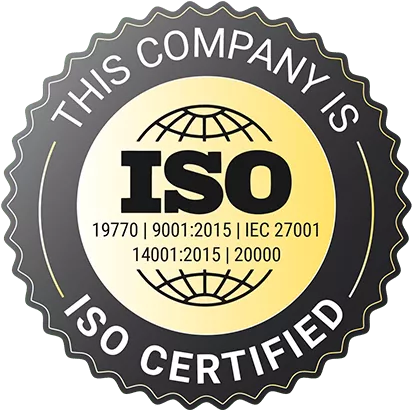Microsoft Windows Server 2008: An era of server technology
Introduction to Windows Server 2008
Windows Server 2008 marks a significant development stage in Microsoft's Windows Server product line. With its release came numerous improvements and new features that are of significant importance to businesses and IT professionals and continue to influence server technology today.

What makes Windows Server 2008 special?
As the successor to Windows Server 2003, Windows Server 2008 built on existing features while introducing innovative features such as improved security, management and virtualization capabilities that laid the foundations for future developments.
Key features of Windows Server 2008
Security and management improvements
Windows Server 2008 introduced the Read-Only Domain Controller (RODC) and Server Core installation options, which provided new ways to secure and manage servers.
Read-Only Domain Controller (RODC)
RODC offered a secure way to provide Active Directory services for high-risk sites by not allowing write access to the Active Directory.
Advances in virtualization
With Windows Server 2008, Hyper-V virtualization technology was introduced for the first time as an integral part of the operating system.
Hyper-V
Hyper-V ushered in a new era in Windows virtualization by improving the efficiency of resource usage while increasing the isolation of virtual machines.
New network features
Network Access Protection (NAP) and improved Terminal Services Gateway were just some of the networking features that were improved with Windows Server 2008.
Network Access Protection (NAP)
NAP was a new security feature that checked the health status of network clients before they were granted access to network resources, providing an additional line of defense against insecure devices.

The relevance of Windows Server 2008 today
Legacy and maintenance
Windows Server 2008 has officially reached the end of its lifecycle, which means that Microsoft no longer offers regular support. It is important for organizations to migrate to newer versions to minimize security risks.
Support and migration
Organizations should upgrade to newer versions to continue receiving security updates and technical support, while benefiting from the latest technologies.
Windows Server 2008 was a groundbreaking product that paved the way for future innovations in server technology. The category text presented here provides a comprehensive overview of the system, its key features and its relevance today.









































